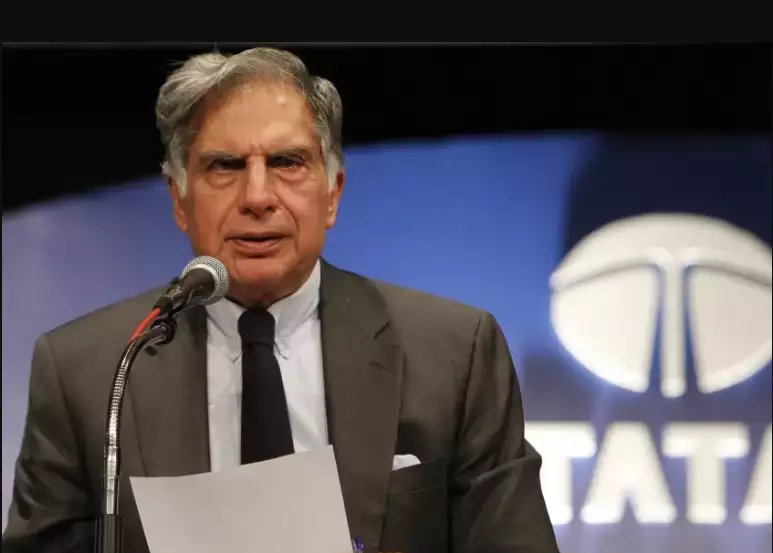
At that point in time, comparisons were inevitable and nobody would have envisaged that this 54-year-old would put the Tata group right up to a position of pride in the global stratosphere. He dreamt big, took some huge risks and remained focused on his dream for India as a country which would be second to none.
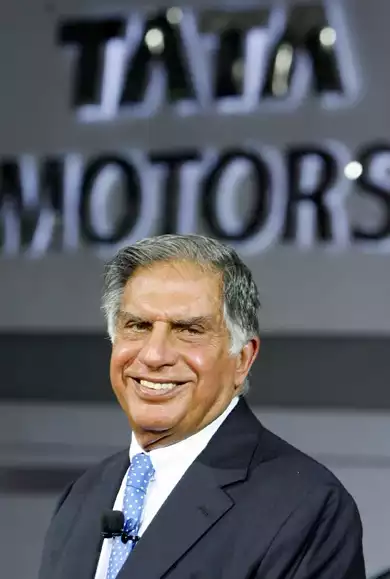
When Ratan Tata walked into a room, there was hushed silence all around. Not because of any fear but just awe and admiration at this incredible individual who radiated charisma. Yet, he remained fiercely private and clearly preferred to steer clear of the limelight.
One of his pet passions was, of course, cars and this is where he was singularly responsible for steering the astonishing transformation of the then Telco as a manufacturer of stodgy trucks to the sleeker Tata Motors which is now one of the country’s prominent players in passenger cars and SUVs.
Way back in the 1990s, when Tata first made known his intent to have a car roll out of his company’s factory, not everyone was convinced that this would work. Yet, the news spread like wildfire because this was going to be a product from the house of the Tatas, never mind that they had not developed a regular passenger car yet.
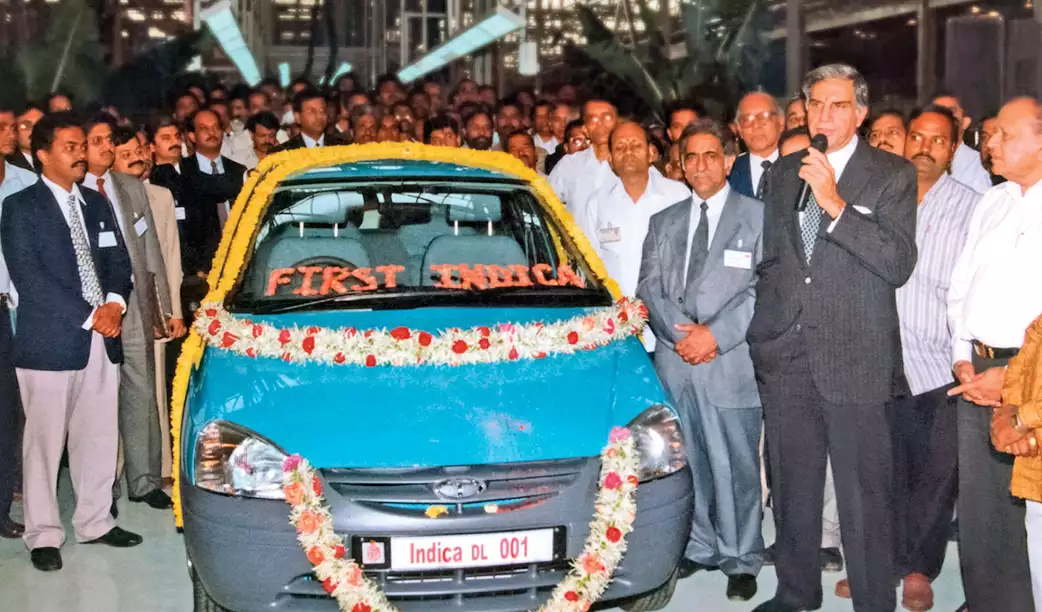
Arrival of the Indica
The car, according to Tata, would be sized at par with the Maruti Zen but priced more competitively like the Maruti 800 and have enough space like the legendary, yet lumbering, Ambassador which was the favourite of politicians. How could this even be possible, wondered the sceptics till the Indica was finally unveiled at the Delhi Auto Expo of 1998 and had the crowds in a frenzy.
This was the time new rivals like Hyundai, Daewoo, Toyota, Fiat and Honda had also entered the Indian market but the Tata Indica virtually had them relegated to the sidelines at the Auto Expo. As Ratan Tata walked in to the Tata hall on this day in 1998, there was hysteria all around which grew into a crescendo when the then Heavy Industries Minister, Murasoli Maran, described the Tata group as the Kohinoor of India. For the gawking crowds, the Indica was truly the jewel as the showstopper at the Auto Expo while its creator, Ratan Tata, likewise, was in a league of his own.
There is no question that the Indica had its rivals spooked because of its diesel engine and contemporary design. When its launch followed towards the end of 1998, Maruti was quick in slashing prices of its compact car range. The initial days of the Tata offering were heady as people queued up to make their bookings. Ratan Tata had proved a point while the skeptics were gobsmacked.
The Indica could not capitalise on the momentum and goodwill generated in the market as customers began looking for other alternatives. There were glitches in the car which were understandable for a debut offering but the market was not willing to be patient as it sought other models. Yet, amidst this setback, the Tatas had shown that an Indian company could make its own car and this was possible thanks to Ratan Tata’s courage and vision.
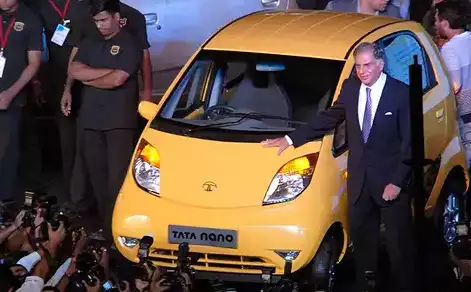
Nano next in line
By this time, the Chairman of the Group was already thinking overtime about his next project which was to offer a car to the masses of India who were otherwise risking their lives carrying large families on a two-wheeler. When he first spoke of developing a INR 1-lakh car, the global automobile company was nonplussed.
There were words of admiration coming from the likes of Carlos Ghosn who was then the Chairman of Renault-Nissan and proclaimed that such an effort in frugal engineering was the best answer to the needs of emerging markets like India. There were also others who sneered at Tata Motors insisting that there was no way a car could be manufactured at this price.
As the levels of curiosity grew in the INR 1-lakh car, Ratan Tata remained unfazed even as its unveiling was due at the 2008 Delhi Auto Expo, precisely a decade after the Indica had been showcased. This time around, the hysteria was a lot greater because this was going to be the world’s most affordable car and something that bigger companies in Japan, Europe and the US could not even dream of producing.
When the big day finally arrived, the Tata pavilion at the Auto Expo was jammed to capacity with all eyes on the dais. When Ratan Tata made his appearance with the Nano, all hell broke loose. Journalists from across the world cheered and some were heard saying that this would be the perfect fit for their homes, be it in Canada or Europe. It was truly an incredible moment and when Tata announced the price of INR 1-lakh along with the legendary words, “A promise is a promise…” the hysteria grew into a crescendo.
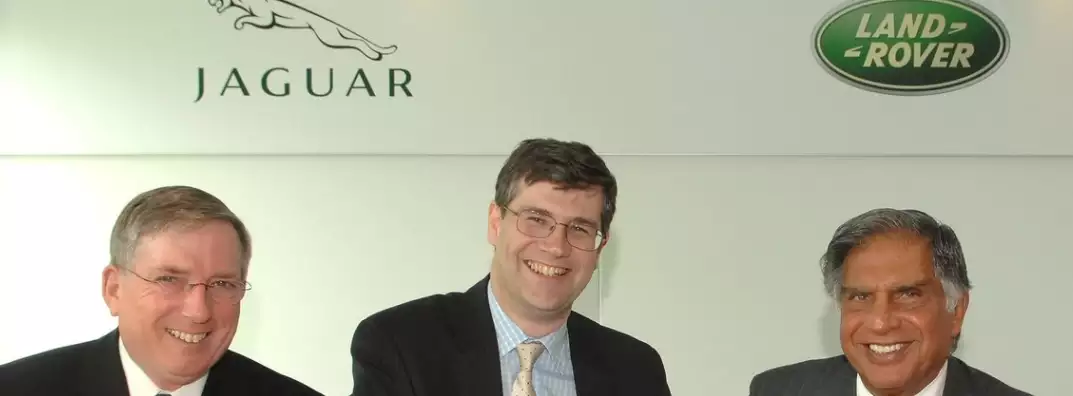
Proud moment
The Chairman of the Tata Group was now a point of reverence since he had achieved the impossible. Carlos Ghosn wasted little time in following suit with a project of his own for Renault-Nissan called the ultra low-cost car which finally never took off. The Nano was possibly India’s proudest hour and Ratan Tata had achieved a near divine status in the process.
It was just unfortunate that the car did not finally live up to all the hype generated. The problems had surfaced even before its unveiling with protests staged at the site in Singur, West Bengal. Progress at the plant was severely hindered in the process and finally Ratan Tata decided to have the project shifted to Gujarat where Narendra Modi, who was then the Chief Minister, had a red carpet rolled out for the car.
This loss in time took a toll on production schedules and then came the incidents of fire breaking out in some Nano models which only aggravated public sentiment. Perhaps the last nail in the coffin was the brand association of a cheap car which did little good in attracting buyers to this compact car. Nobody wanted to be linked to something that was considered a hand-me-down cheap product and that was the beginning of the end for the Nano.
The year of its unveiling (2008) also saw Tata Motors announce its acquisition of Jaguar Land Rover from Ford Motor Company. This was seen as an expensive buyout at nearly USD 2.5 billion which became even more magnified in the background of the Lehman crisis and the onset of a painful global slowdown.
Ratan Tata remained undeterred by the criticism and, at a press meet in Mumbai, made it amply clear that this was what entrepreneurship was all about. There would be ups and downs but that did not mean that all was lost — it was important to hang in there and fight it out.
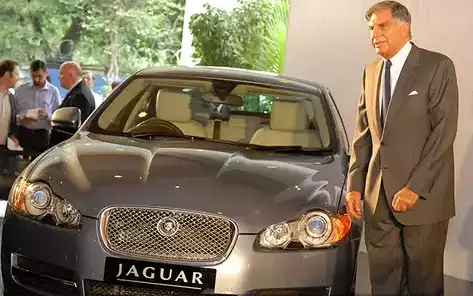
Turning around JLR
Not many people bought this theory and the consensus was that JLR would just make things worse for the Tata Motors balance sheet. Then came the months and, even years, of struggle to put the British brands back on track.. Top class leaders were hired for this painstaking task and the efforts paid off as JLR began its crawl back from the abyss. Today, it is firing on all cylinders and a vital component of the Tata Motors growth roadmap.
Ratan Tata was the driver of change and it is fair to assume that this makeover to becoming a strong carmaker would never have happened at Tata Motors had he not been around to spearhead the effort. Sure, the Indica and Nano are no longer around but they laid the base for the momentum in growing the next portfolio of cars and the consequent leadership position in the electrification space.
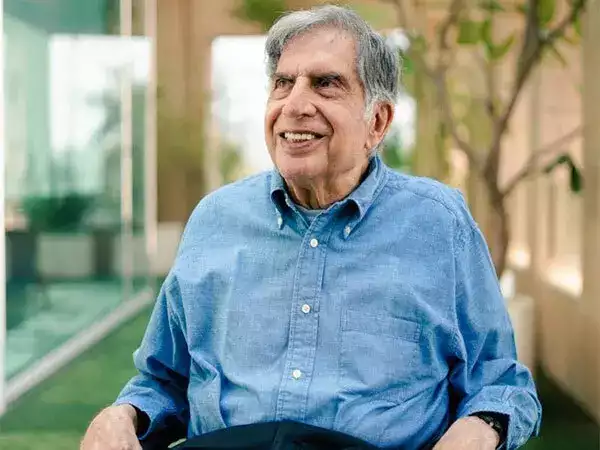
It was this never-say-die attitude of Ratan Tata that made all the difference in hoisting Tata Motors to new levels of acceptance as an automobile brand. His courage and conviction were big factors in this astonishing process of transformation. As a top CEO had once remarked in a private conversation, “They just don't make people like him anymore.” Ratan Tata, RIP.
Disclaimer: The copyright of this article belongs to the original author. Reposting this article is solely for the purpose of information dissemination and does not constitute any investment advice. If there is any infringement, please contact us immediately. We will make corrections or deletions as necessary. Thank you.





